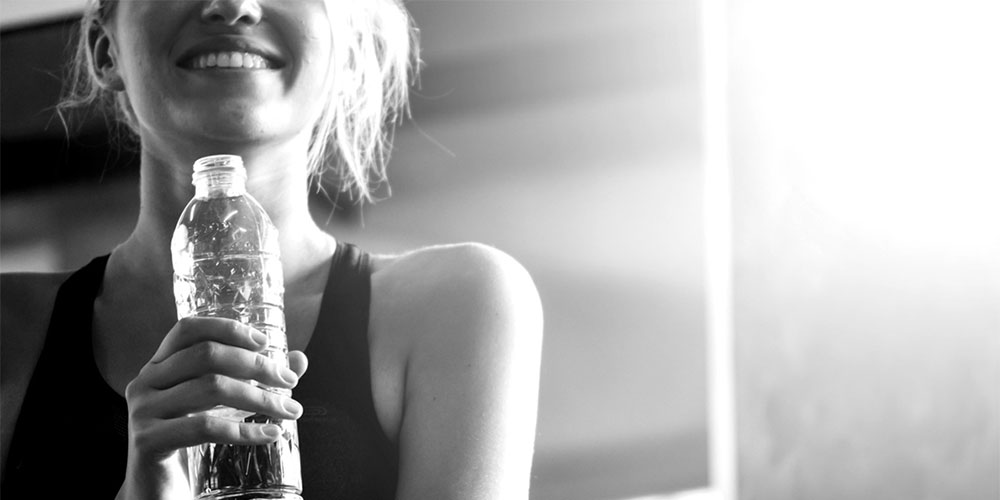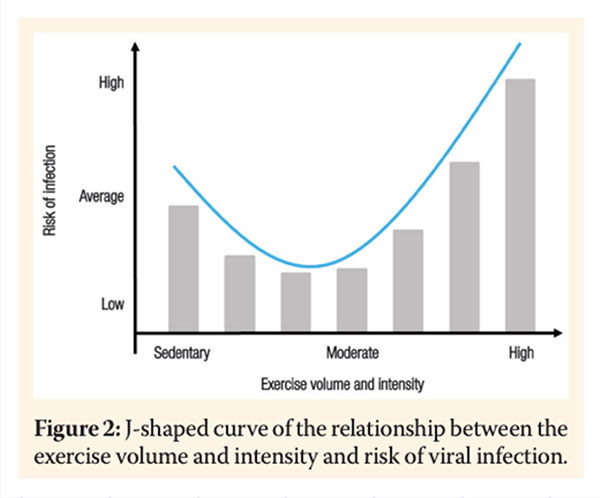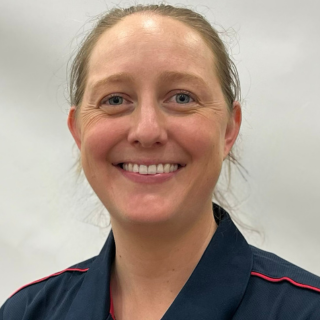How Do I Safely Return To Exercise After COVID-19?
Tuesday, February 15, 2022
We know exercise has so many benefits on both physical and mental health. This is also true for anyone who was infected with COVID-19. We also know that experts are concerned about the potential for cardiac injury, pulmonary function impairment, post-traumatic stress disorder, anxiety and depression, during the recovery from COVID-19. This means experts are recommending a gradual return to exercise after infection, while mitigating risks. Want more details? Read on…

- If you’ve had COVID-19 with mild symptoms but have no ongoing illness or symptoms, wait at least until seven days symptom-free before returning to physical activity.
- Seek advice from a medical or allied health practitioner or a COVID-19 rehab service for a clinical risk assessment before returning to physical activity if:
- You had severe COVID-19
- You have any ongoing cardiac symptoms, e.g. chest pain, or severe breathlessness
- You have any ongoing respiratory, gastro, rheumatological, symptoms
- You have mood symptoms that might suggest post-traumatic stress disorder, anxiety and depression
- Activities of daily living should be easily achievable before returning to exercise and sport, bearing in mind what you were doing pre-COVID-19 infection.
- Return to activities at a level tolerable to you.
- We recommend spending the first two weeks after returning to exercise with minimal exertion; after that consider gradually increasing activity levels week by week. See a gradual return plan below.
- Continually self-monitor for symptoms. If you don’t feel recovered at 1 hr after physical activity or have any of the symptoms mentioned above, stop physical activity until symptom-free. Return to an earlier phase of activity. Seek advice if needed.
- Write down your goals and your progress!
Remember: If you’ve had severe COVID-19, or have ongoing symptoms, or have history of cardiac involvement, we recommend that you get a clinical risk assessment before returning to exercise.
Gradual return plan (each phase for at least 7 days):
- Extremely light intensity activity i.e. can hold a conversation while doing the activity without difficulty. E.g. breathing exercises, flexibility & stretching, balance, gentle walking.
- Low intensity activity, gradually increase by 10-15min/day (when tolerated). E.g. walking, light yoga, light household/garden tasks. For most people a progression goal is to be able to walk for 30 minutes at light intensity.
- Moderate intensity activity (aerobic) i.e. progress to more challenging movement activities, depending on your pre-COVID-19 capacity, but it should not feel "hard" and out of breath. E.g. brisk walking, swimming, cycling, going up and down stairs. This may include 2 intervals of 5-minute aerobic exercise with a recovery block. Gradually add 1 interval per day as tolerated. For most people a progression goal is to be able to complete a 30-minute session and feel recovered after 1 hour.
- Moderate intensity activity (aerobic and strength activity) i.e. progressing to more complex movement that challenges coordination, strength and balance, but it should not feel "hard". E.g. running, body weight exercise circuits. Include recovery days. The progression goal is for fatigue levels to return to normal. After completing this phase, you should feel able to return to baseline exercise (pre-COVID-19) level.
- Goal is to return to baseline exercise i.e. regular pre-COVID-19 exercise pattern (as tolerated).

Please contact us today if you would like help with your goal setting and progress as you work towards better physical and mental health, minimising risk of viral infection, through exercise, post-COVID-19.
References:
Salman D, Vishnubala D, Le Feuvre P, Beaney T, Korgaonkar J, Majeed A, McGregor AH. Returning to physical activity after covid-19. BMJ 2021; 372:m4721
Sultan Qaboos University Med J, August 2021, Vol. 21, Iss. 3, pp. 373–377, Epub. 29 Aug 21
World Health Organisation: https://www.who.int/

